Launched in 1979, “Mobile Suit Gundam” (Japanese title: “Kidou Senshi Gundam”) has become one of the most iconic anime franchises, with a vast array of TV series, films, OVAs, and more. Over the years, it has spawned numerous story arcs, each set in its own unique timeline or universe, allowing new viewers to dive in without prior knowledge. This article will serve as a comprehensive guide to help newcomers navigate the “Gundam” universe and offer personal insights from the author about each series:
Note: The opinions expressed in this article are those of the author and are intended for newcomers. Fans of any series are encouraged to explore all “Gundam” content available.
Most series in the Universal Century timeline introduce their own unique story arcs. While these arcs can sometimes connect to the main narrative, they often stand on their own, making it easier for viewers to jump in. As such, newcomers can start with any of the series listed below without needing extensive background knowledge of “Gundam”:
Mobile Fighter G Gundam – Future Century (1994)
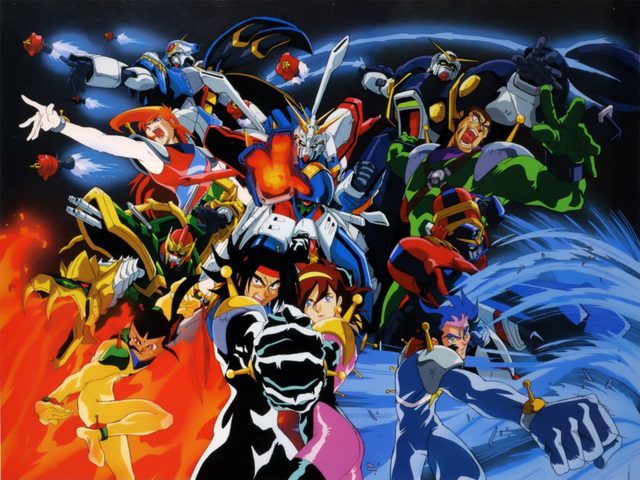
After “Victory Gundam” failed to capture the audience’s interest, Sunrise decided to explore a completely different concept with “Mobile Fighter G Gundam.” This series marked a departure from the usual themes, focusing more on martial arts competitions rather than extensive warfare. It is characterized by its vibrant animation style and strong emphasis on personal combat.
Should newcomers watch it? Yes, though it differs significantly from other “Gundam” series, it can be quite enjoyable, or you may find it not to your taste. The author personally enjoys this series for its “manly” themes and the “super saiyan” transformation of its characters.
After Colony
The After Colony universe includes the “Mobile Suit Gundam Wing” series and its follow-up OVA titled “Endless Waltz.” In this setting, outer territories have been oppressed by the Earth’s ruling government for an extended period. To combat this oppression, five scientists create five Gundams and send them to Earth to instigate rebellion.
Mobile Suit Gundam Wing (1995)
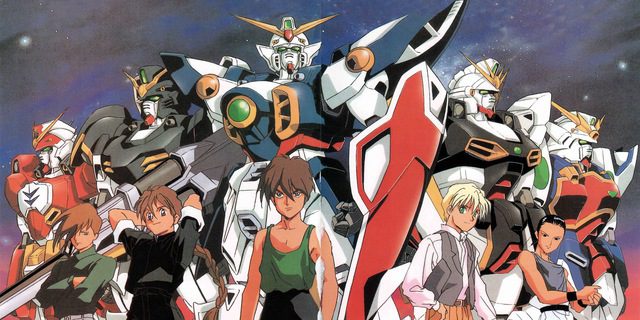
“Mobile Suit Gundam Wing” is the main series set in the After Colony era, featuring modern designs and themes. It was a moderate success in Japan but gained massive popularity in the West, becoming one of the most recognized series of the late ’90s.
Should newcomers watch it? If you’re interested in character-driven narratives and intricate plots, this series is definitely recommended.
Mobile Suit Gundam Wing: Endless Waltz (1997)
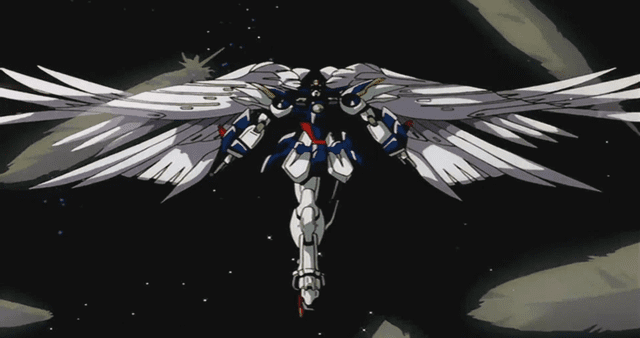
This OVA continues the story from “Gundam Wing,” introducing new Gundams and adding depth to the original characters’ backgrounds.
Should newcomers watch it? Yes, watching “Gundam Wing” first will enhance your understanding of this follow-up content.
After War Gundam X – After War (1996)

“After War Gundam X” introduces a new theme for the franchise, focusing on the aftermath of a devastating war. The series has a post-apocalyptic setting and explores themes of survival and rebuilding.
Should newcomers watch it? Yes, it features unique characters and Gundams, but it may not leave a lasting impact.
Turn A Gundam – Correct Century (1999)

“Turn A Gundam” is a significant series that celebrated the 20th anniversary of the franchise. The plot revolves around a conflict between Earth inhabitants and those from the Moon, highlighting themes of technology and humanity’s evolution.
Should newcomers watch it? Yes, noted for its artistic style and unique storytelling, it is often regarded as one of the best series in the franchise.
Cosmic Era
The Cosmic Era timeline includes two main series: “Mobile Suit Gundam SEED” and “Mobile Suit Gundam SEED Destiny.” This timeline introduces significant concepts of genetic engineering and explores the divide between natural and modified humans.
Mobile Suit Gundam SEED (2002)
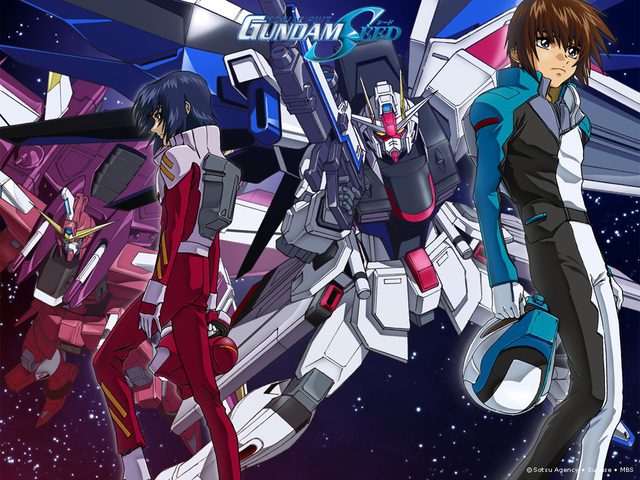
“Mobile Suit Gundam SEED” is the starting point of the Cosmic Era and introduces many critical concepts relevant to this timeline, alongside its central characters and military factions involved in conflict.
Should newcomers watch it? Yes, it is one of the most famous “Gundam” series in Japan and is beloved by many fans.
Mobile Suit Gundam SEED Destiny (2004)
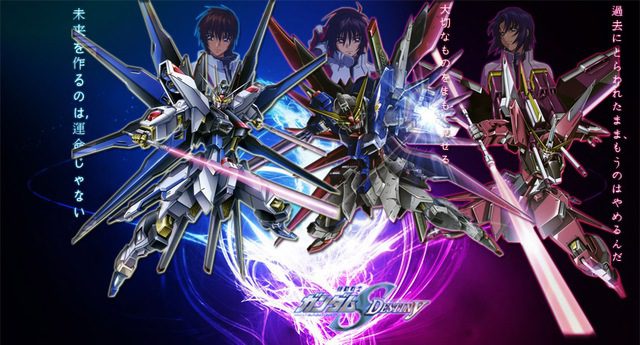
“SEED Destiny” continues the narrative from “SEED,” introducing many new characters while also bringing back familiar faces. Viewers must watch “SEED” first to understand the full context of the story.
Should newcomers watch it? Yes, as it serves as a sequel and further develops the overarching narrative.
Mobile Suit Gundam SEED C.E. 73: Stargazer (2006)
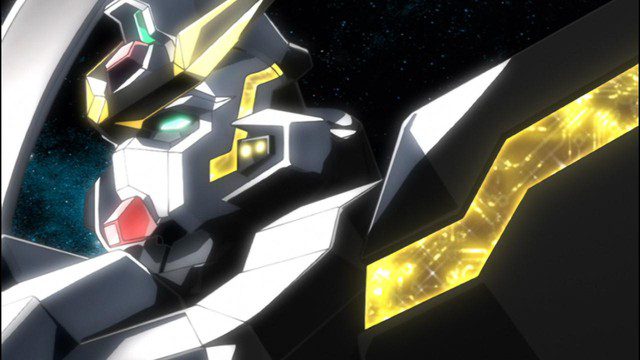
A short OVA that focuses on a group of characters from the “Gundam SEED Destiny” storyline.
Should newcomers watch it? No, as it is more of an extension of the previous series.
MSV: Astray (2006)
Two short 5-minute episodes that are supplementary to “Stargazer.”
Should newcomers watch it? No, as they are too brief and lack substantial content.
Mobile Suit Gundam 00 – Anno Domini (2007)
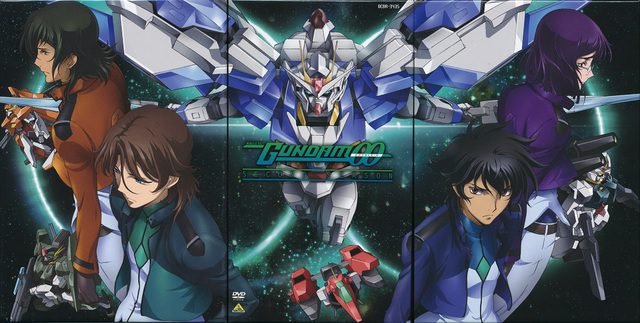
The “Anno Domini” timeline reflects a future resembling our own, with “Mobile Suit Gundam 00” being the first series to be divided into two distinct seasons. It introduces a unique storytelling approach that explores the character’s complexities.
Should newcomers watch it? Yes, especially if you enjoy well-crafted narratives and impressive Gundam designs.
Mobile Suit Gundam AGE – Advanced Generation (2011)
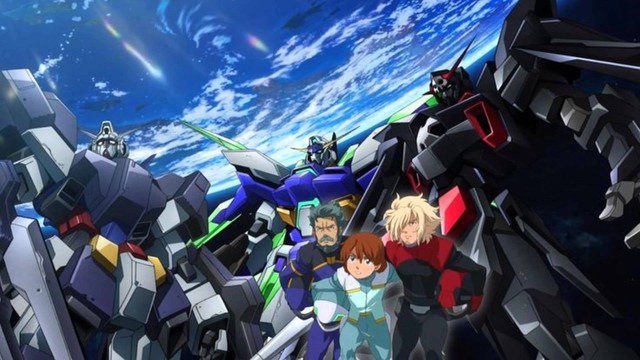
“Mobile Suit Gundam AGE” features a multi-generational story arc, spanning many years and focusing on a family involved in the conflict.
Should newcomers watch it? Yes, although it employs a unique storytelling format, there are plenty of engaging moments for new viewers to enjoy.
Gundam Reconguista in G – Regild Century (2014)

“Gundam Reconguista in G” celebrates the franchise’s 35th anniversary and carries forward some themes from “Turn A Gundam.” However, its storyline can be difficult to follow, and it’s often viewed as less coherent than previous installments.
Should newcomers watch it? Yes, but be prepared for some complexity as it requires a deeper understanding of the universe.
Mobile Suit Gundam: Iron-Blooded Orphans – Post Disaster (2015)

This is the latest series in the “Gundam” franchise, with a second season set to continue airing soon. “Iron-Blooded Orphans” returns to a more serious narrative style, featuring intense themes and a focus on the struggles of child soldiers.
Should newcomers watch it? Yes, it has compelling storytelling and characters that resonate with many viewers.
Other Timelines (Fan Universes)
Currently, the only timeline that exists in a “real-world” setting is the Gunpla series. It began with “Model Suit Gunpla Builders Beginning G,” celebrating 30 years of Gunpla. This concept evolved into a series titled “Gundam Build Fighters,” which has since become successful and led to multiple sequels.
Gundam Build Fighters (2013)

New viewers can start with “Gundam Build Fighters” to understand the essence of the franchise while enjoying the Gunpla culture.
Should newcomers watch it? Yes, it’s a light-hearted series that introduces Gunpla play while offering a fun experience. However, familiarity with earlier “Gundam” series will enhance your understanding and enjoyment.
Gundam Build Fighters Try (2014)
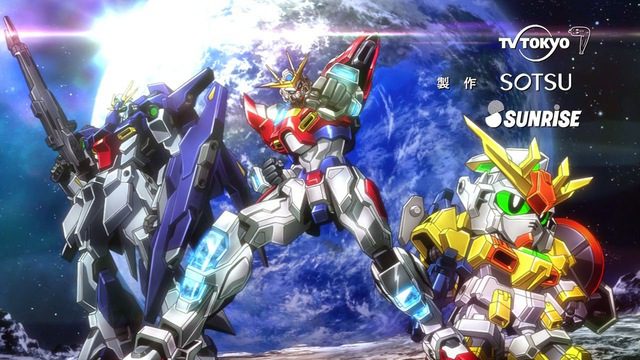
This series takes place seven years after the original, featuring new characters while still maintaining the essence of the original series.
Should newcomers watch it? Yes, it retains the spirit of the original while adding new elements to keep things fresh.
Gundam Build Fighters Try Island Wars (2016)
This special episode aired on August 21, 2016, following “Try.”
Should newcomers watch it? Yes, if you have seen “Try.”
Complete Guide for Newcomers to the “Gundam” Universe (Part 1)





















